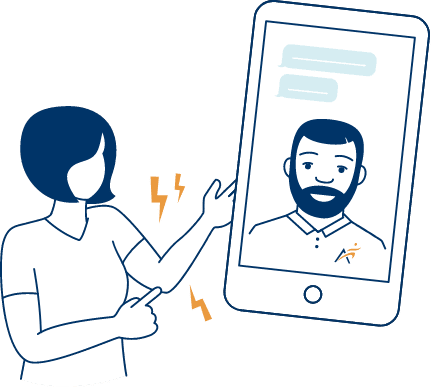- About
Who We Are
Partner With Airrosti
Testimonials
- Locations
Nationwide Care
Our virtual care option, Airrosti Remote Recovery is available nationwide.
Find A Location Nearest You
- Injuries We Treat
- No Cost Assessments
- Virtual Care
- Careers
Our virtual care option, Airrosti Remote Recovery is available nationwide.
(21,000+ reviews on Google across 150+ locations)
The nagging heel pain caused by Sever’s disease is common among growing, young athletes. Traditionally, time and long periods of rest have been the only real options for treating this condition. Airrosti is different. We work to pinpoint the root of this pain and treat it directly at the source. Unlike traditional methods of treatment, Airrosti helps eliminate pain in an average of three visits (based on patient-reported outcomes).
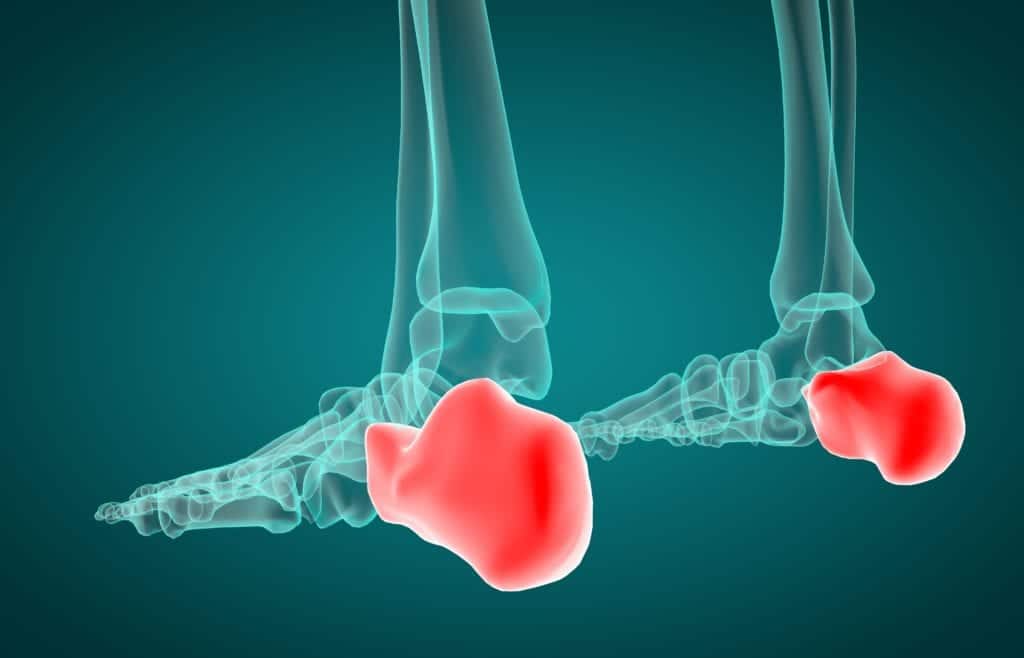
Sever’s disease, also known as Calcaneal Apophysitis, is a common cause of heel pain in growing adolescents. It usually occurs during the growth spurt of adolescence, the approximate 2-year period in early puberty when kids grow most rapidly.
This growth spurt can begin any time between the ages of 8 and 13 for girls and 10 and 15 for boys. Sever’s disease rarely occurs in older teens because the back of the heel usually finishes growing by the age of 15, when the growth plate hardens and the growing bones fuse together into mature bones.
Sever’s disease is a painful injury that develops in the growth plates in the heel, near the Achilles tendon. During a growth spurt, these growth plates tend to grow faster than the ligaments in the leg, which can cause tightness and leave the child’s heel vulnerable to injury. Active adolescents who spend a lot of time running, jumping, and playing sports are at an especially high risk due to the repetitive stress these activities can put on the heel.
It can be especially painful for student athletes who train and compete on hard surfaces, such as track, basketball, and gymnastics. Ill-fitting shoes can also contribute to the condition by not providing enough support or padding for the feet or by rubbing against the back of the heel.
This bone injury is similar to Osgood-Schlatter disease, a condition that affects the growth plates in the knees of young athletes and active adolescents. Both injuries are caused by repetitive stress on the growth plates. However, while Osgood-Schlatter Disease affects the growth plates in the knee, Sever’s disease typically creates pain in the heel.
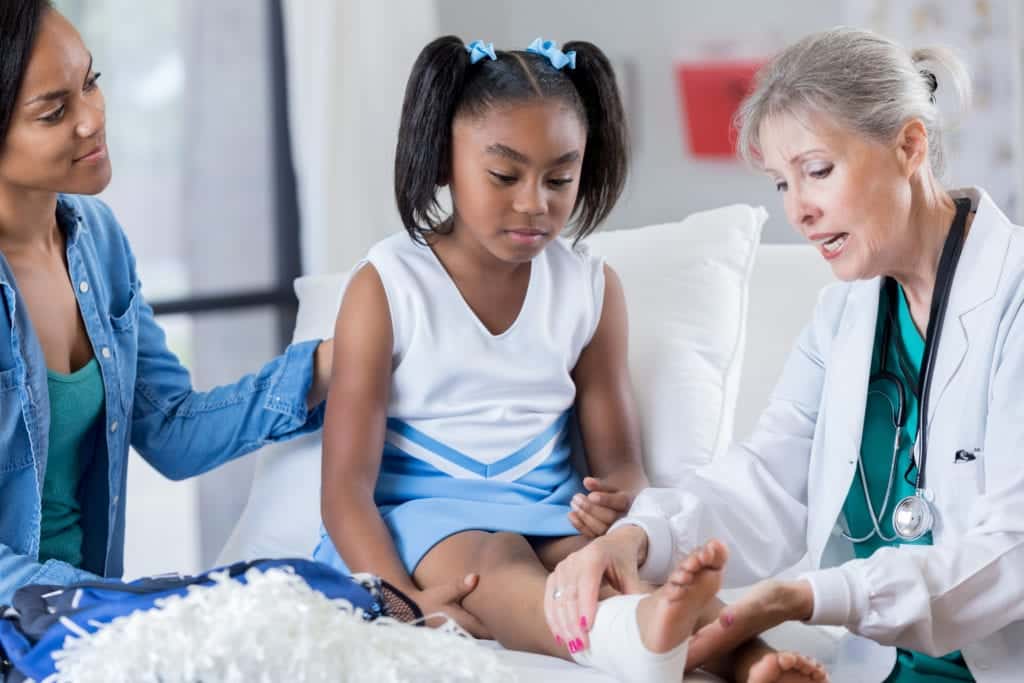
The most obvious sign of Sever’s disease is pain or tenderness in one or both heels. Pain typically occurs at the back of the heel but may extend to the sides and bottom of the heel. The following are other common symptoms that can indicate your child has Sever’s disease.
The good news is Sever’s disease will go away on its own when activity is lessened or when the bone has finished growing, but it can resurface from time to time. The risk of recurrence goes away on its own when foot growth is complete and the growth plate has fused to the rest of the heel bone, usually around age 15.
Because Sever’s disease is considered a temporary injury, traditional treatment typically consists of managing the symptoms and pain through ice, rest, and over-the-counter pain medication. Stretching and physical therapy exercises may also be recommended to strengthen the feet and help ease the child’s heel pain.
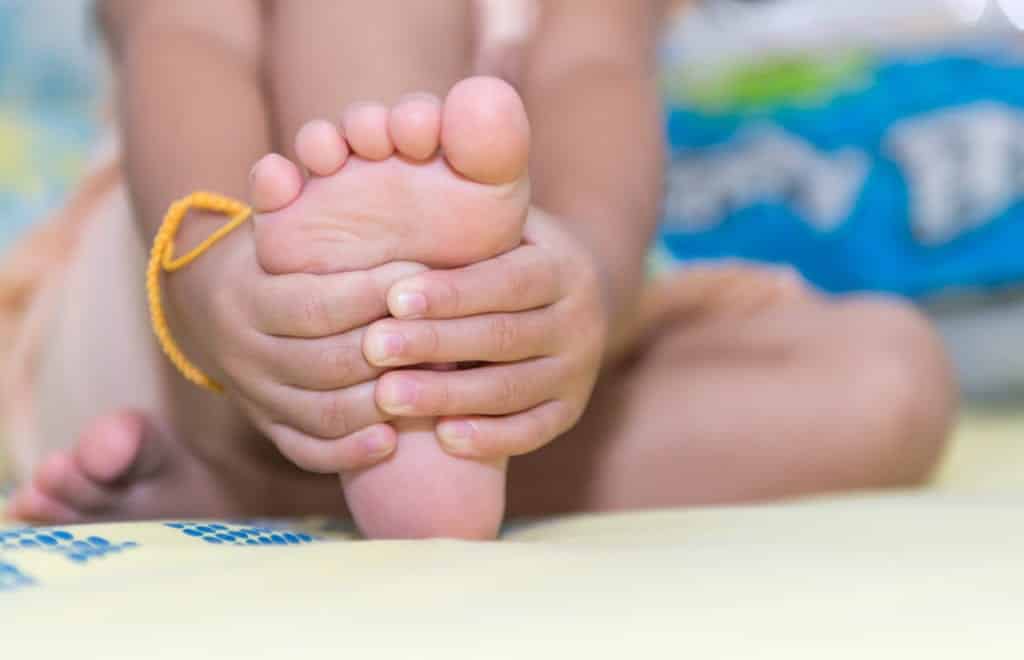
Even though Sever’s disease will eventually resolve itself, it can occasionally resurface as adolescents continue to grow. It is a painful injury that can cause major disruptions in your child’s day to day life. At Airrosti, our providers can help pinpoint and treat injuries like Sever’s disease at the source. We also aim to educate each patient about their injury while providing tools and resources to help keep them active, even during treatment.
Most patients see complete injury resolution in an average of 3 visits, based on patient-reported outcomes.
We currently offer both in-office and telehealth options to best suit your needs. Call us at 800-404-6050 or click here to schedule your appointment today.
Reviewed by Casey Crisp, Doctor of Chiropractic
Disclaimer: Always consult with your doctor before starting any exercise program. If you experience any numbness, tingling or reproduction of your symptoms, please contact your doctor.
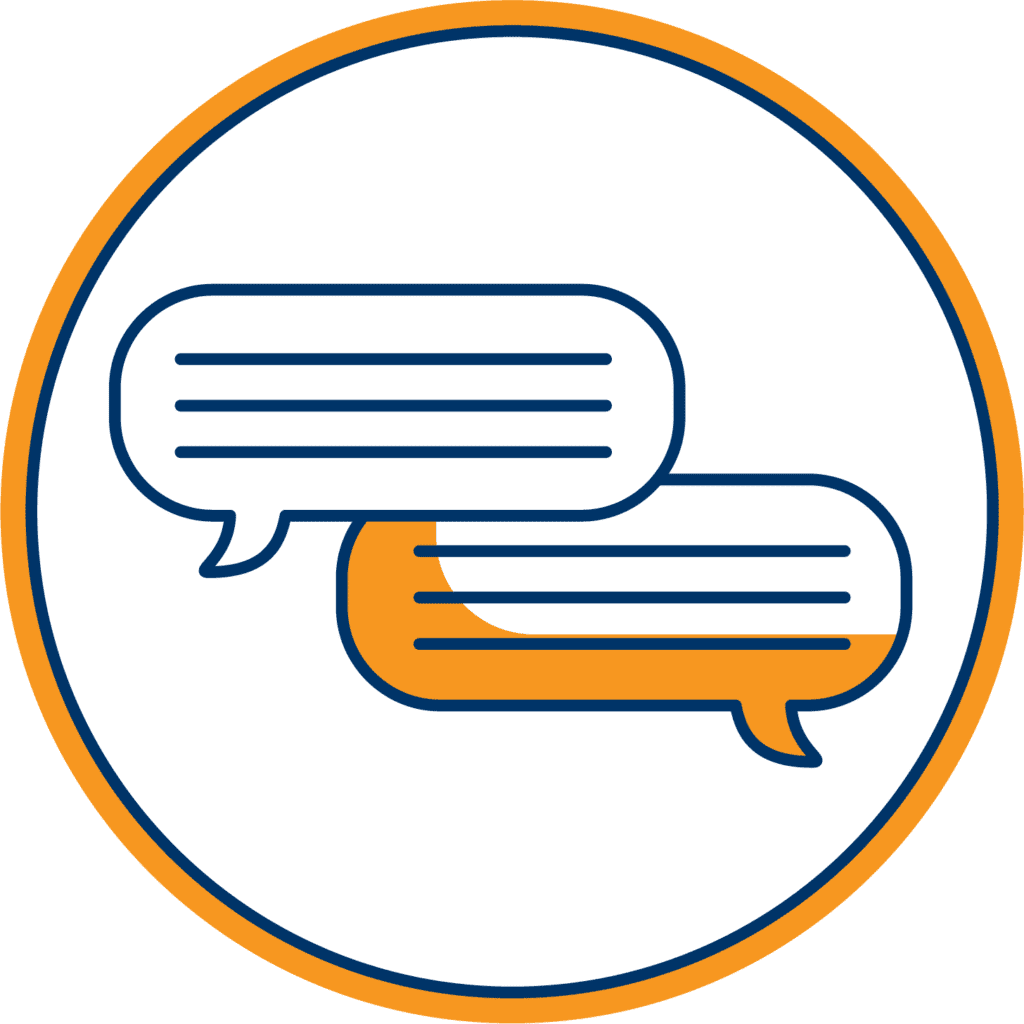
We are very pleased with Dr. Rozacky for helping our 14-year-old son get back on track with his soccer career after having all kinds of injuries related to stretching his body limits. Sever's disease, hip problems, pulled hamstring, Achilles & ankle pain - Dr. Rozacky could help us with all these! In addition, Dr. Rozacky also saved our vacation as he quickly healed my wife's neck problems right before our 14+ hour flight. Highly recommended! Thank you!
by Peter Markovics
